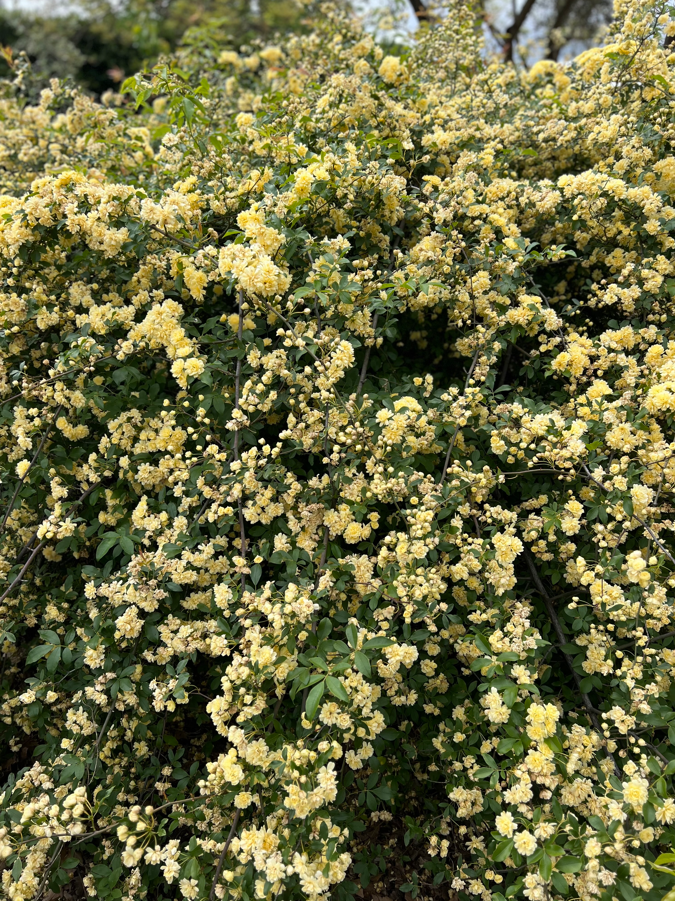Spring: Pollinator Edition
by Danielle, Design Director
Envision Landscape Studio
Spring—the season of fresh starts, reflected growth, and life returning to the garden. There’s a lot to love about this time of year. Not just for the humans, but for our wildlife too. When I see spring begin to wake up the local habitat, I’m reminded just how vital their presence is to our (yes, the humans too) ecosystems.When we're engaged in designing full gardens, we’re not just thinking about aesthetics or functionality—we’re thinking about habitat. A well-designed outdoor space can be both beautiful and beneficial. Let’s spring into action here—pun intended.
USDA Agricultural Research Service, 2023. California Plant Hardiness Zone Map. Retrieved from https://planthardiness.ars.usda.gov
Why Pollinators Matter
Pollinators are nature’s matchmakers, helping plants reproduce by moving pollen from one bloom to another. Without them, we’d lose much of the color and flavor in our homegrown food—everything from lavender to lemons.
Spring is when many pollinators emerge from winter dormancy, hungry and on the hunt for nectar and pollen. That makes it the perfect time to design (or redesign) your outdoor space with pollinator-friendly plants in mind.
Creating a garden that supports pollinators doesn’t mean compromising on design. Layering textures, heights, and bloom times not only makes for a stunning garden—it also creates a lifeline for pollinators from early spring through fall.
Here in the East Bay, we’re lucky to garden in (mostly) USDA Zone 9*, where Mediterranean-style planting thrives alongside California natives.
*Always check your USDA zone when planting for the best chance of your plants thriving in your local climate.
Designer Favorites for Pollinator-Friendly Gardens
Some of my favorite pollinator-friendly plants to work with include:
Romneya coulteri (Matilija poppy): My personal favorite—dramatic, dreamy, and absolutely adored by bees. Those giant, fried-egg blooms are springtime showstoppers.
Salvia spathacea (Hummingbird sage): Shade-tolerant, fragrant, and beloved by hummingbirds. Another great favorite if you're looking to go native and add color under your oaks.
Eriogonum giganteum (St. Catherine’s lace): A stunning structural native buckwheat that supports a wide range of bees.
Ceanothus ‘Ray Hartman’: A bold evergreen shrub that feeds early-season pollinators and provides year-round structure.
Of course, these are just a few highlights—every garden design we create is tailored to the site, the soil, the sun, and the lifestyle of the people who live there.
Tips for Designing a Pollinator Paradise
If you're curious about incorporating pollinators into your own space, here are some grounding thoughts:
Plant in swaths. Clusters of the same species make it easier for pollinators to find and feed efficiently. (Not to mention, this is a personal planting aesthetic favorite of mine!)
Plan for succession. Layer your bloom times so something is always in flower from early spring to late fall. (It’s easy to check this box when researching your plant selections!)
Add a water source. Do we need another reason to include a water feature in our designs? No, but hey—add this to the list of bonuses. A shallow dish with pebbles or a small recirculating fountain is perfect and doesn’t need to be over-thought.
Ditch the sprays. Going organic isn’t just trendy—it’s essential for protecting beneficial insects. If there are pest problems in the garden, there are plenty of non-toxic ways to remove them.
Designing for Life
When we design for pollinators, we’re really designing for life. These gardens feel different. They move. They sing. They change throughout the day. They draw you outside with your morning coffee or evening glass of wine, inviting you to pause and connect.If you’re dreaming of a spring refresh, now is the perfect time to incorporate habitat into your landscape. Whether it’s a small pollinator border or a full-scale transformation, we can create a space that feeds the soul—and the bees.
Want to talk more on planting designs? Let’s chat!
x,
Danielle


